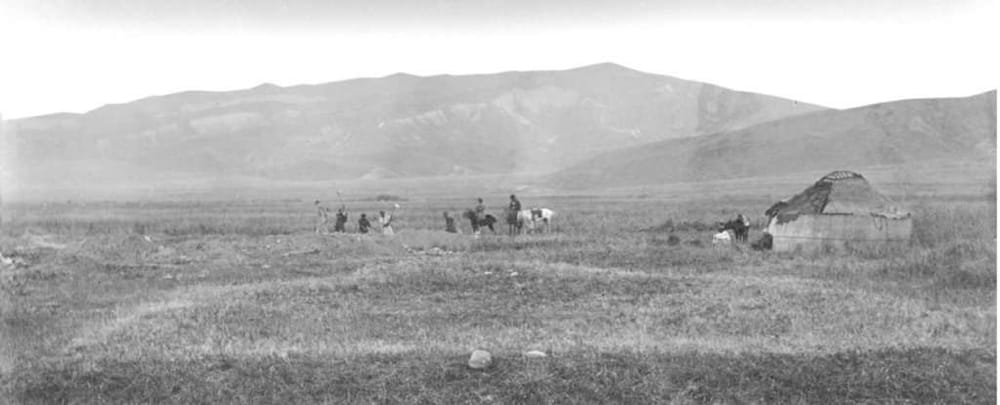Table of Contents
It’s almost impossible today to comprehend the sheer scale of the horror of the Black Death. Even a relatively minor pandemic, after all, has been enough to send much of the Western world scurrying for the imaginary safety of lockdowns, masks and forever-boosters.
As one mediaeval historian recently tried to get across to the modern imagination: picture the Thanos Snap, but worse. The overall mortality of the Black Death was around 60 per cent. Some places were not so bad, but others were much worse. On average, though, in any given location (bearing in mind how small most people’s horizons were), in just days or weeks at most more than half of the people you knew were gone.
It’s long been known exactly where and when the Black Death entered Europe: October 1347, in Messina, Sicily. A literal plague ship, with its half-dead crew, arrived from the Crimea and Central Asia.
But where and when did the bacterium responsible, Yersinia Pestis, come from before that? Somewhere in Central Asia in the years prior to 1347 has long been the suspect, but, thanks to some 19th-century archaeology, science has now all-but pinned down its exact origins.
New research pushes the likely origins of the Black Death even farther east into Central Asia, with DNA evidence from the remains of seven individuals exhumed from two cemeteries in modern-day Kyrgyzstan.

The cemeteries, in Chuy Valley near Lake Issyk-Kul, excavations between 1885 and 1892 uncovered a cluster of burials. Tombstone inscriptions vaguely referred to an unknown pestilence and the timing was an approximate fit, but nothing could be concluded for certain.
Until the advent of modern DNA forensics.
To investigate, the team extracted DNA from the teeth of the recovered skeletons, sequenced the genetic material and compared it to modern and historical genomes of Y. Pestis […]
In the teeth of three out of the seven skeletons, they found traces of ancient DNA of the plague bacterium, Y. pestis, and matched these skeletons to their headstones using historic diaries of the original excavations.
Genomic comparisons indicate that two of the ancient bacteria represent a single strain: the likely parent strain of the bacteria that would spread and diversify, causing such calamity.
“We found that the ancient strains from Kyrgyzstan are positioned exactly at the node of this massive diversification event,” [archaeogeneticist Maria Spyrou] says. “In other words, we found the Black Death’s source strain and we even know its exact date.”
That date is the year 1338, which was inscribed in the ancient Syriac language on the skeleton’s headstones.
Science Alert
That ancestral strain also resembles modern strains circulating in wild rodent populations in the Tian Shan mountains nearby. This suggests that the Black Death originated in the locality and was not introduced from elsewhere.
As to how it spread from remote Kyrgyzstan to Europe and beyond, Central Asia has long been a hub of ancient trade routes, such as the famed Silk Road. So, it was likely spread by caravans, even, some have suggested, ancient biological warfare. During the 1346 Mongolian siege of the Italian trading town of Caffa in the Crimea, plague struck the Tartar army, who, according to one chronicler, catapulted corpses over the wall, “in the hope that the intolerable stench would kill everyone inside”. (This was a time, recall, when disease was thought to be spread by bad smells, or “miasma”.)
If only the origins of modern pandemics were so easy to trace. But then, 700-year-old corpses give up their secrets more readily than the Chinese Communist Party.









